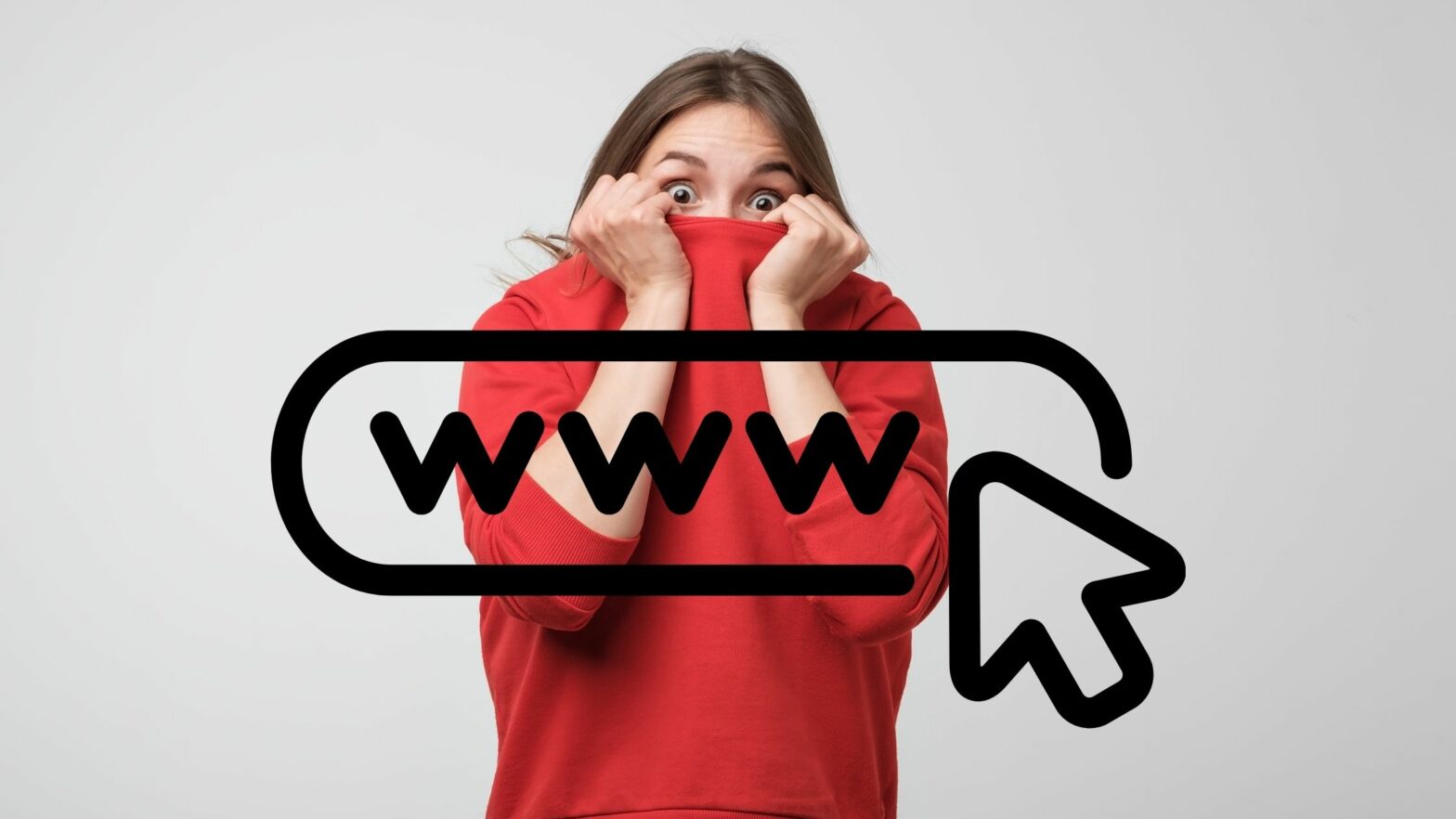When you register a domain name, your name, your company, your phone number, your email address, and your mailing address become available for anyone on the Internet to see via a WHOIS lookup.
This isn’t a problem for everyone.
And yet, not every individual or company wants their contact information to be generally available to the public. So they opt for an additional service from their domain registrar called domain privacy (or WHOIS privacy).
By buying domain privacy, your personal information is protected. Instead, the information of a third party is listed as the domain name’s contact.
In fact, it is only visible to law enforcement. So as long as you don’t do anything stupid, which you probably won’t, you are at least protected from spammers, identity thieves, and malicious parties in general.
In this article, we will go into more detail about how you can register a domain name anonymously.
Registering a Domain Name Anonymously

You can’t register a domain name 100% anonymously because you will have to give your personal information to your domain name registrar.
However, you can keep your domain name registration private by opting for domain privacy, also known as WHOIS protection, so that your contact details are not out there for everyone to see.
Some domain registrars offer you domain privacy for free, while others charge between $5 and $20, and in rare cases more, if you want it. (This will vary with the registrar and domain name.)
If you’re asking us if it’s worth it, we think it is.
An underestimated benefit of WHOIS privacy is that it is more difficult for social engineers to steal your contact information and impersonate you to your domain registrar if they want to steal your domain name.
Small business owners won’t necessarily care about this, big influencers, fast-growing startups, and Fortune 500 companies whose domains can cost hundreds of thousands of dollars probably will.
Private vs. Public Domain Registration
Public domain registration is when you buy a domain name from a domain name registrar, like GoDaddy or Namecheap, then make your contact details publicly available as the owner of that domain.
These contact details include your first name and last name, your email address and phone number, the name of your business, as well as the mailing address that you gave at the time of registration.
The contacts are then stored in the ICANN WHOIS directory and anyone can look them up by typing in your domain name. (ICANN is the international regulatory body for domains.)
Private domain registration is when you pay your domain registrar (or a third party that they work with to provide you with the service) to obscure all of your personal details.
Typically, they will list their business name and mailing address, and give a forwarding email published in place of your actual email. With this WHOIS protection, your personal information stays private.
Many years ago, domain privacy used to be an expensive add-on.
But these days, the best domain name registrars will give it to you for free (and you have very few reasons not to activate it!).
How to Purchase a Domain Name Anonymously

It’s up to you whether you to turn on privacy protection (WHOIS protection) for your domain name or not.
1. Choose a Domain Name
Begin by choosing a domain name registrar that offers privacy protection (almost all do).
Two of the big names that offer this service are GoDaddy and Namecheap. You just need to do a little research and look at the prices they offer for the specific domain name you want to buy.
The average price of registering a domain name for a year is about $15, although these two companies often run promotions with big (and we mean BIG) discounts.
2. Check If It’s Available
Next, you need to check that the domain name you want to select is available.
Unfortunately, many of the good domain names on the web are already taken. Each domain registrar has a search box that you can use to check if the domain name you want to register is already taken by someone else.
Or you can simply use Instant Domain Search, which not only tells you if your desired domain name is already taken but also helps you find ideas for a new name if it is.
When you come to a good domain name and it’s available, you can proceed to the next step—buying it!
3. Enter Your Personal Information
At checkout, the domain name registrar will ask you to enter your contact information.
Remember that this isn’t just about billing. It’s also about you giving correct information so that you can be identified as that domain name’s owner, no matter if you use WHOIS privacy for it or not.
This is why, even though you are purchasing a domain name and about to turn on privacy for it, you still need to provide your contact information and payment details.
4. Enable Privacy
Make sure that you complete all the necessary fields.
Before checking out, look for a toggle that says “Domain privacy,” “WHOIS protection,” “Private registration,” or something else that’s about not publishing your contacts at the ICANN WHOIS database.
As long as you choose this option, your details won’t be found on that database—instead it will be your domain name registrar’s details (or the details of a third party that they outsource this service to).
Final Thoughts
As you can see, you can register your domain name anonymously, and it has many benefits.
The main one being that you have some more privacy, as your personal information isn’t available to the public, but it limits the rights you have over the ownership over the domain name.
We have given you all the information and steps you need to follow so that you can register a domain name anonymously. We hope you have found this article informative and now know whether you want to register your domain name anonymously or not!

